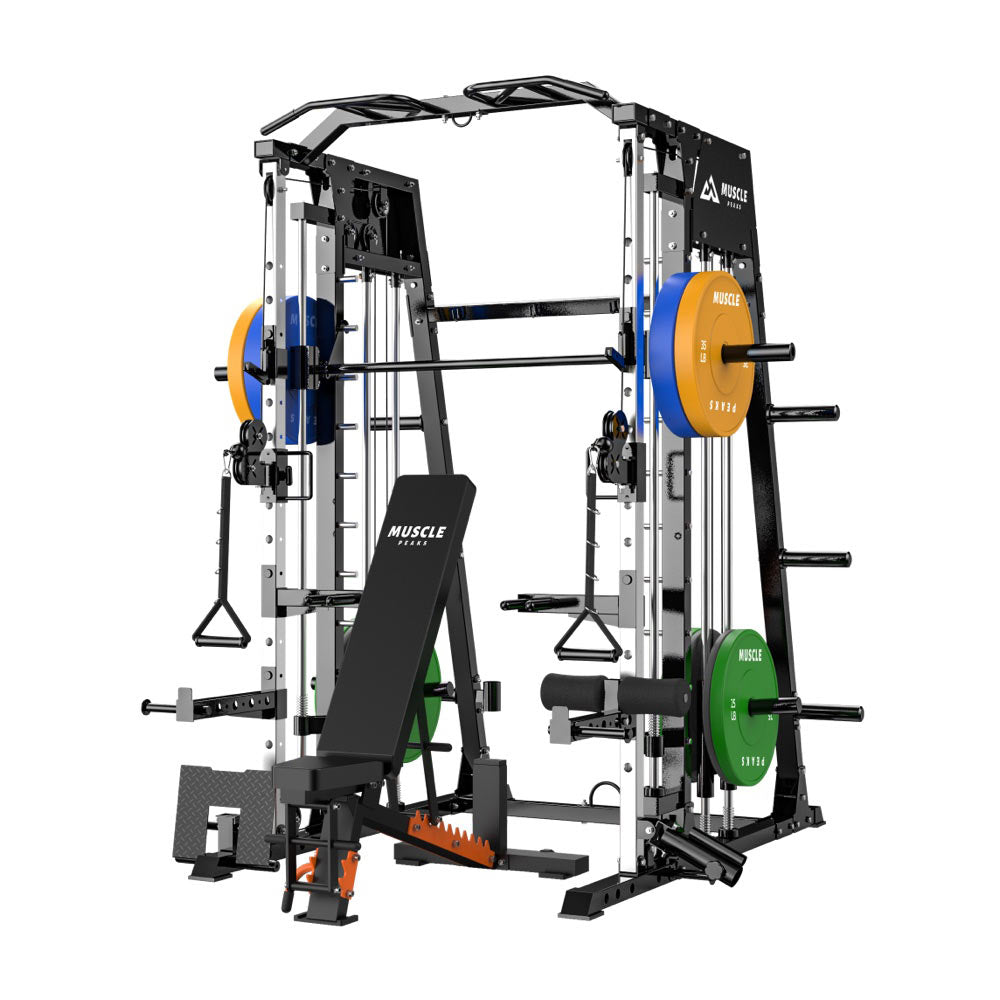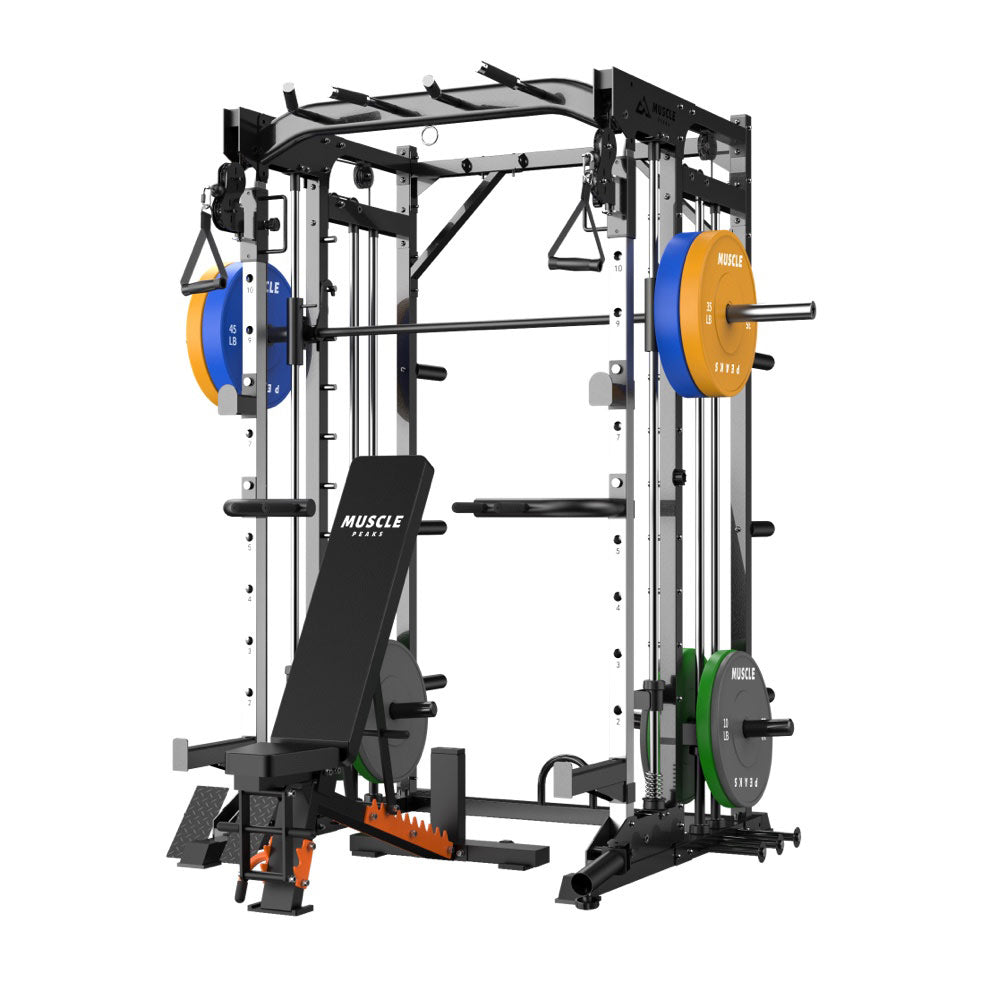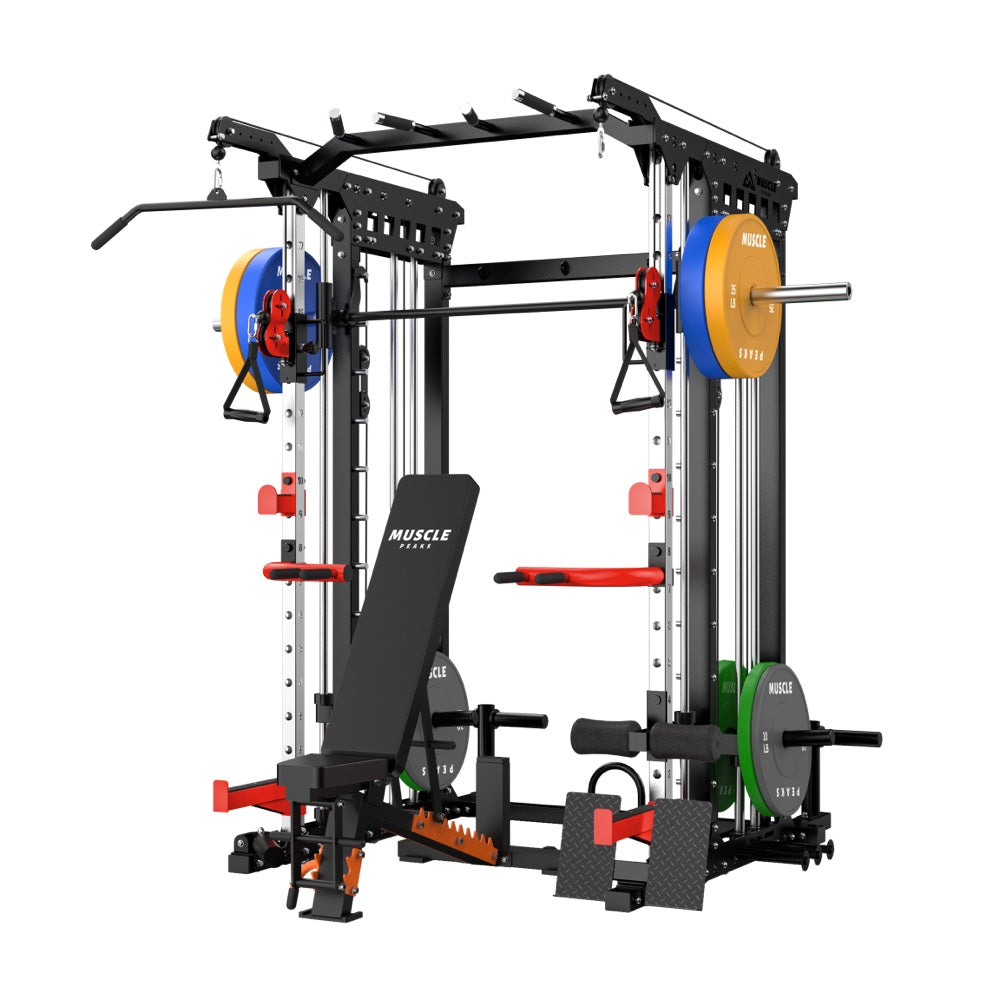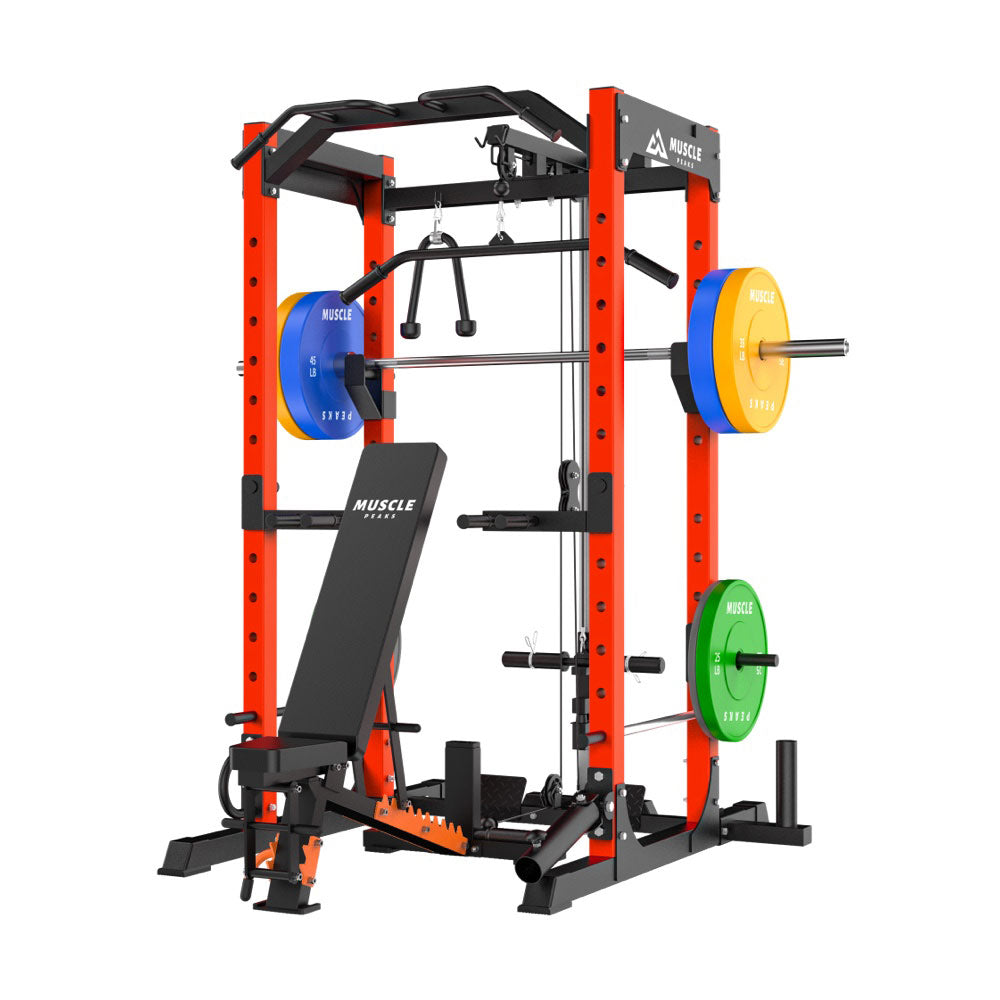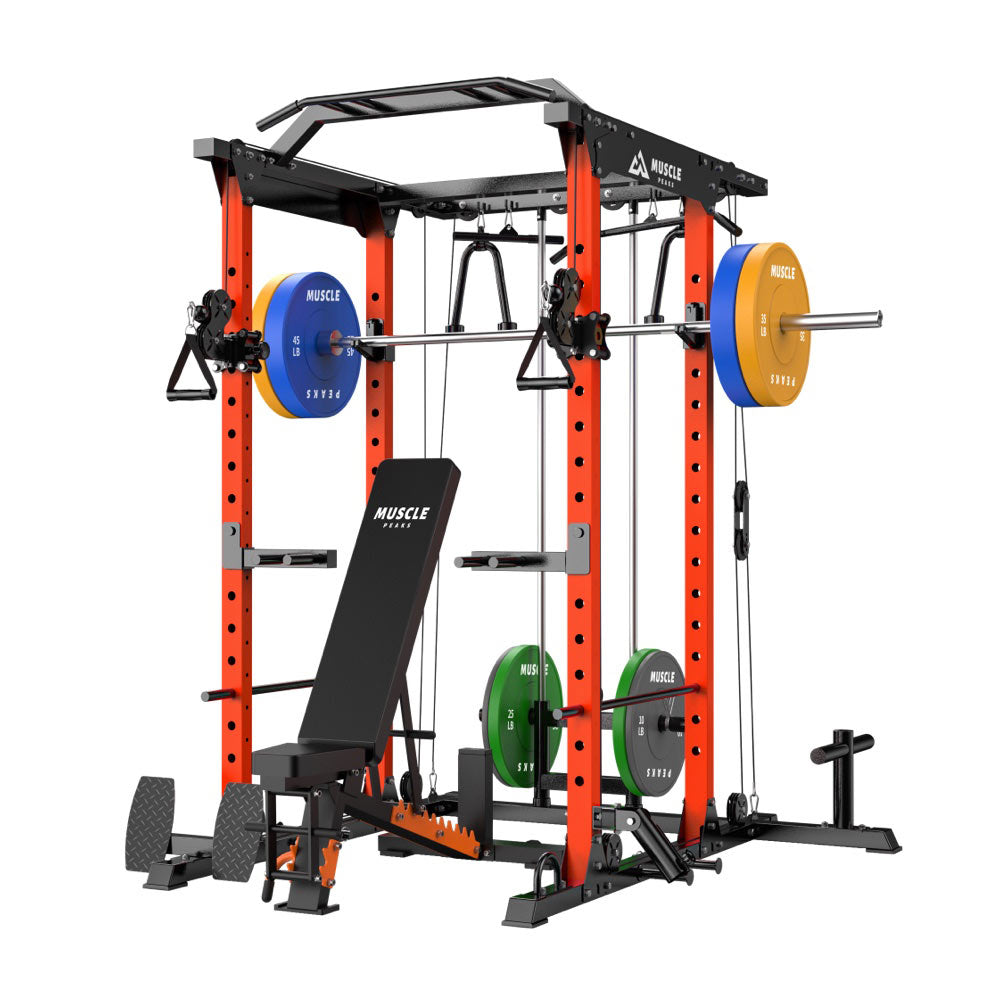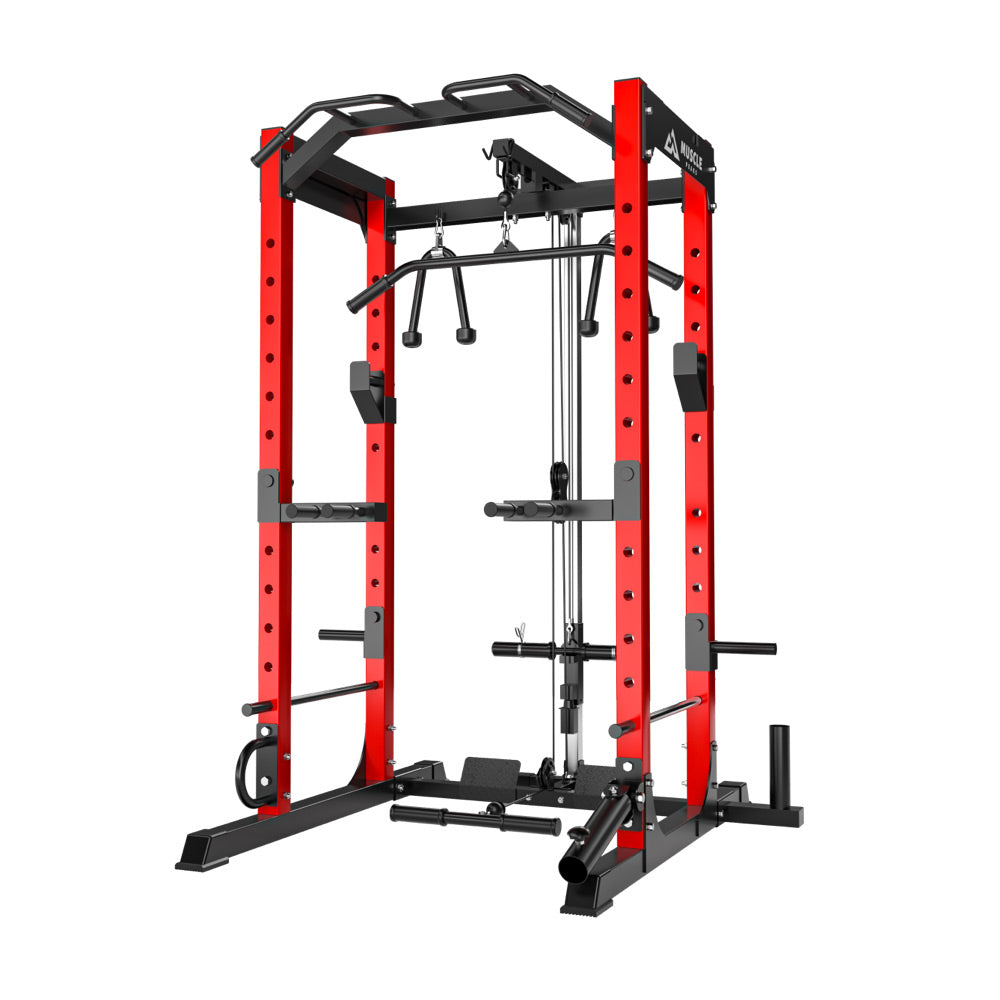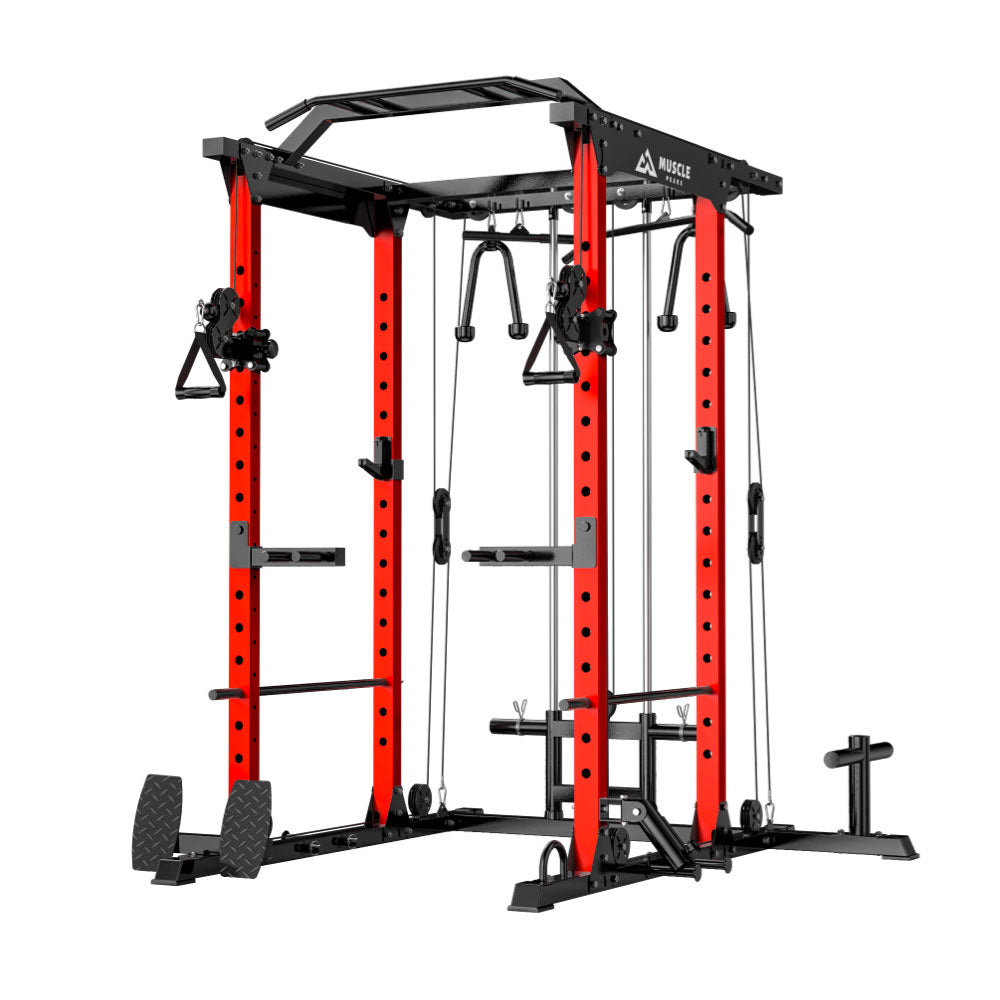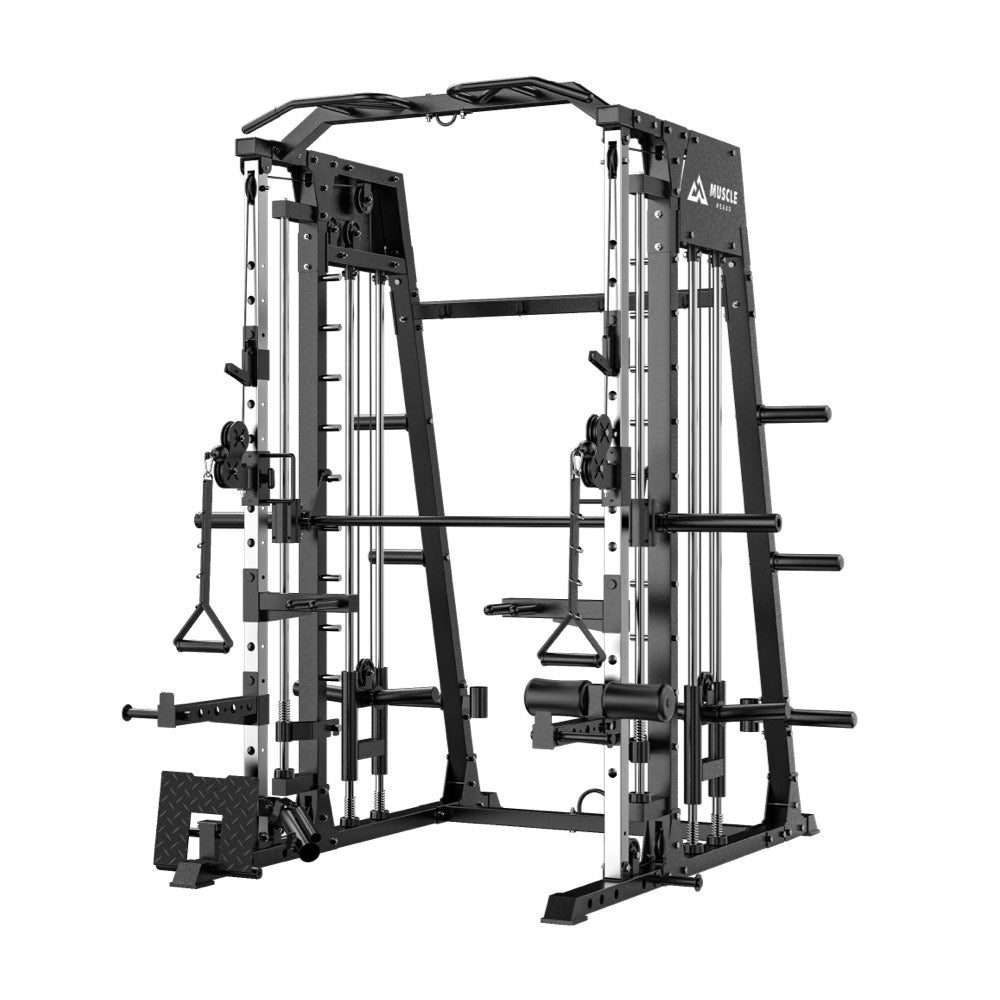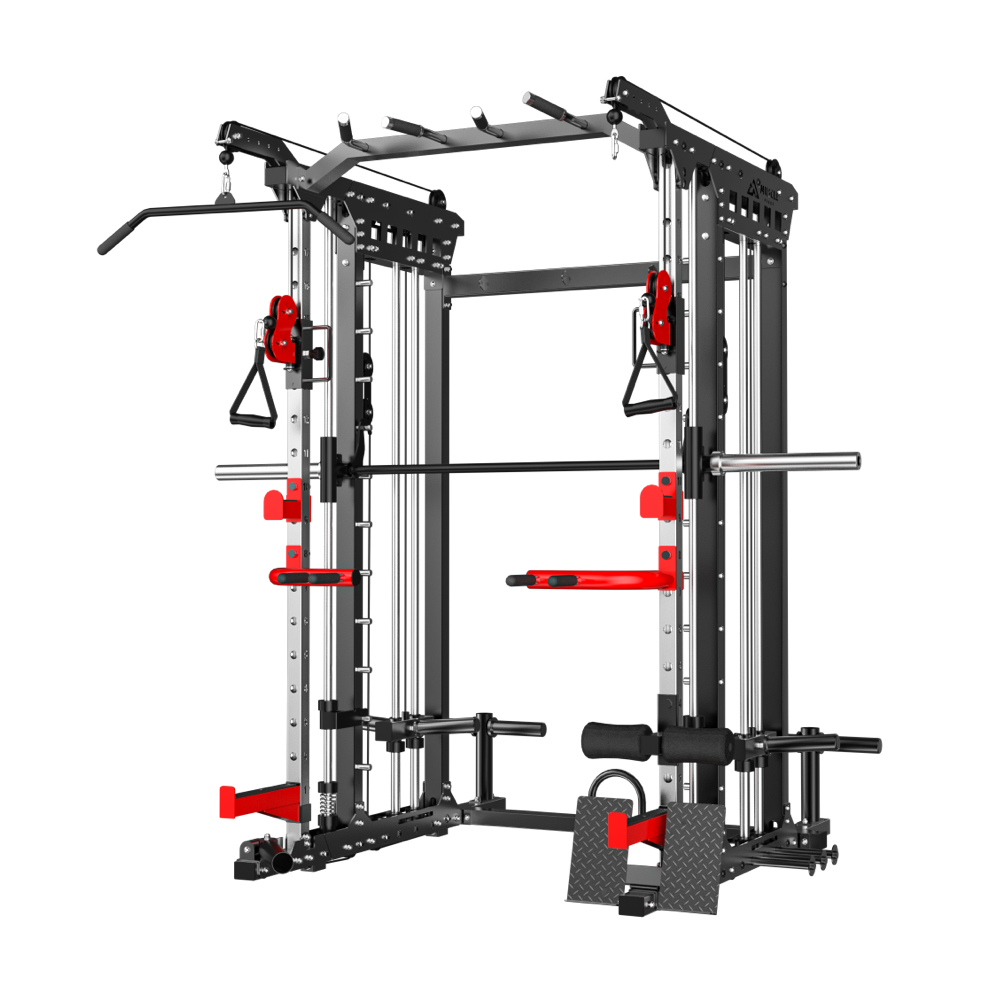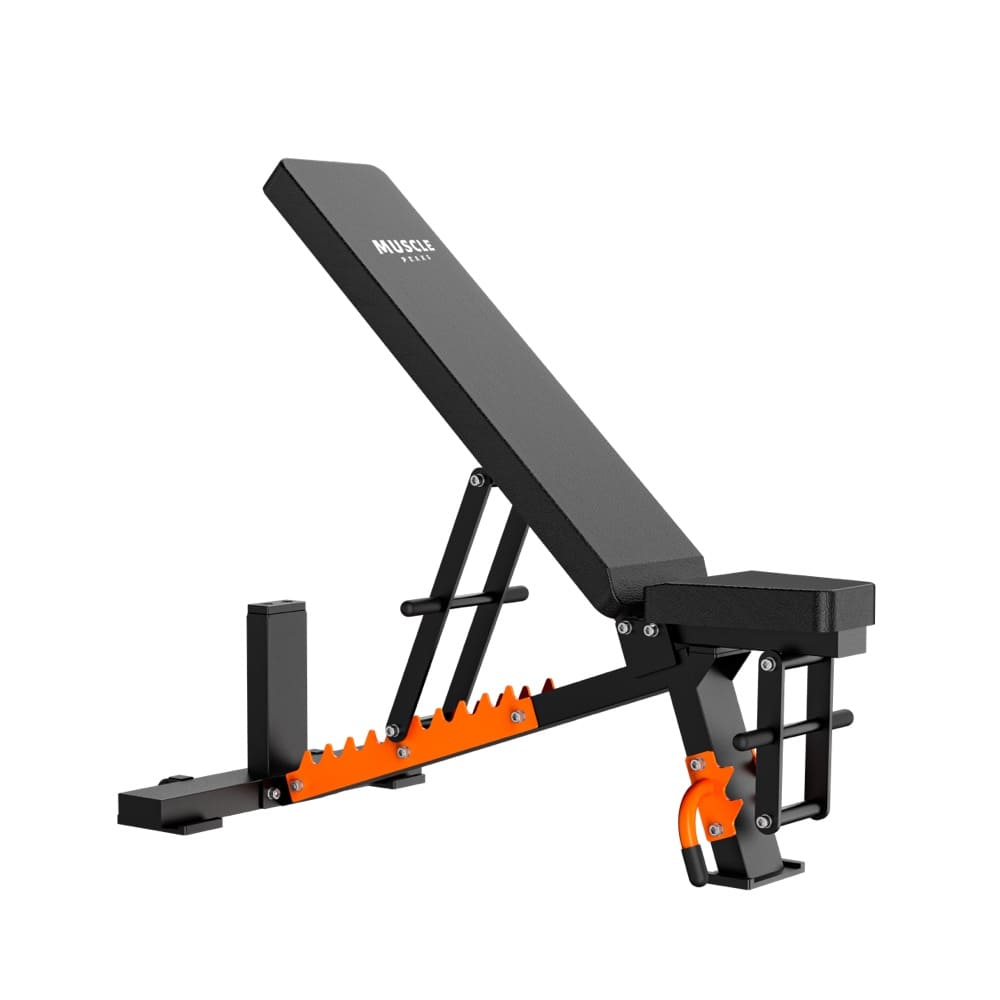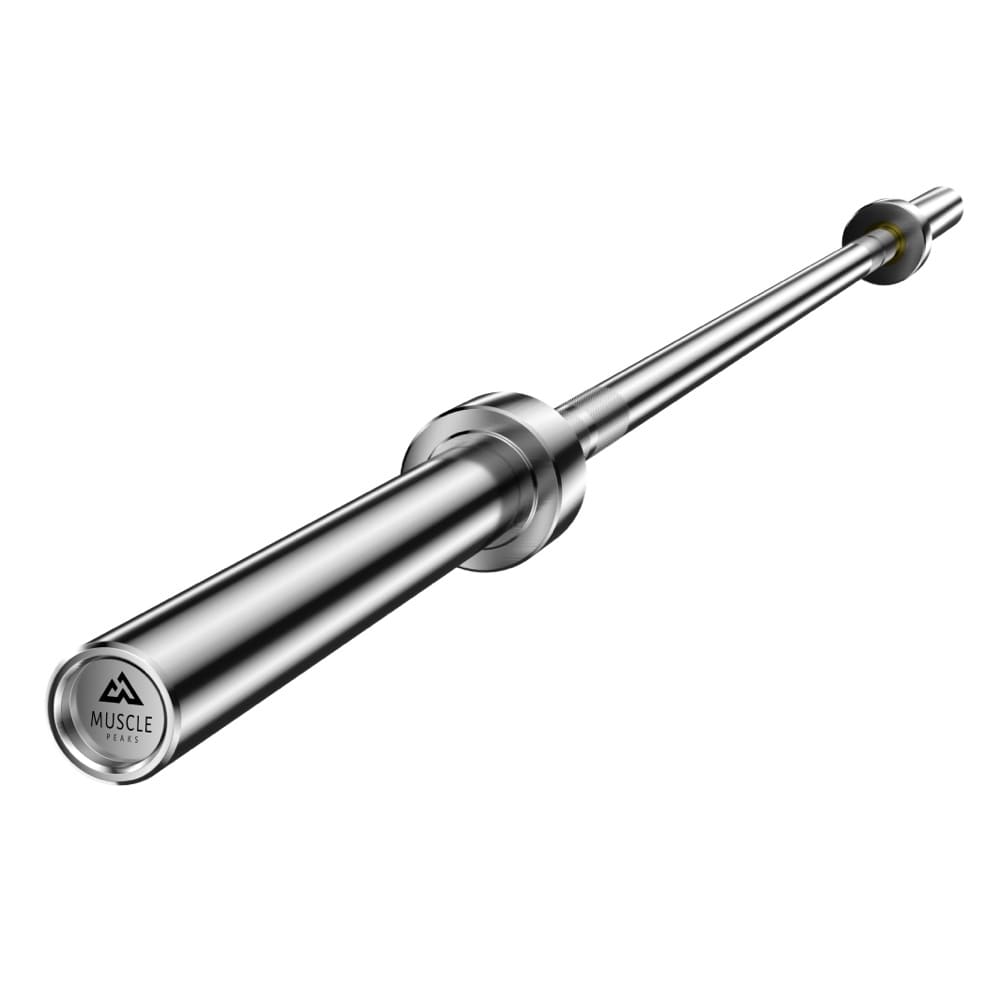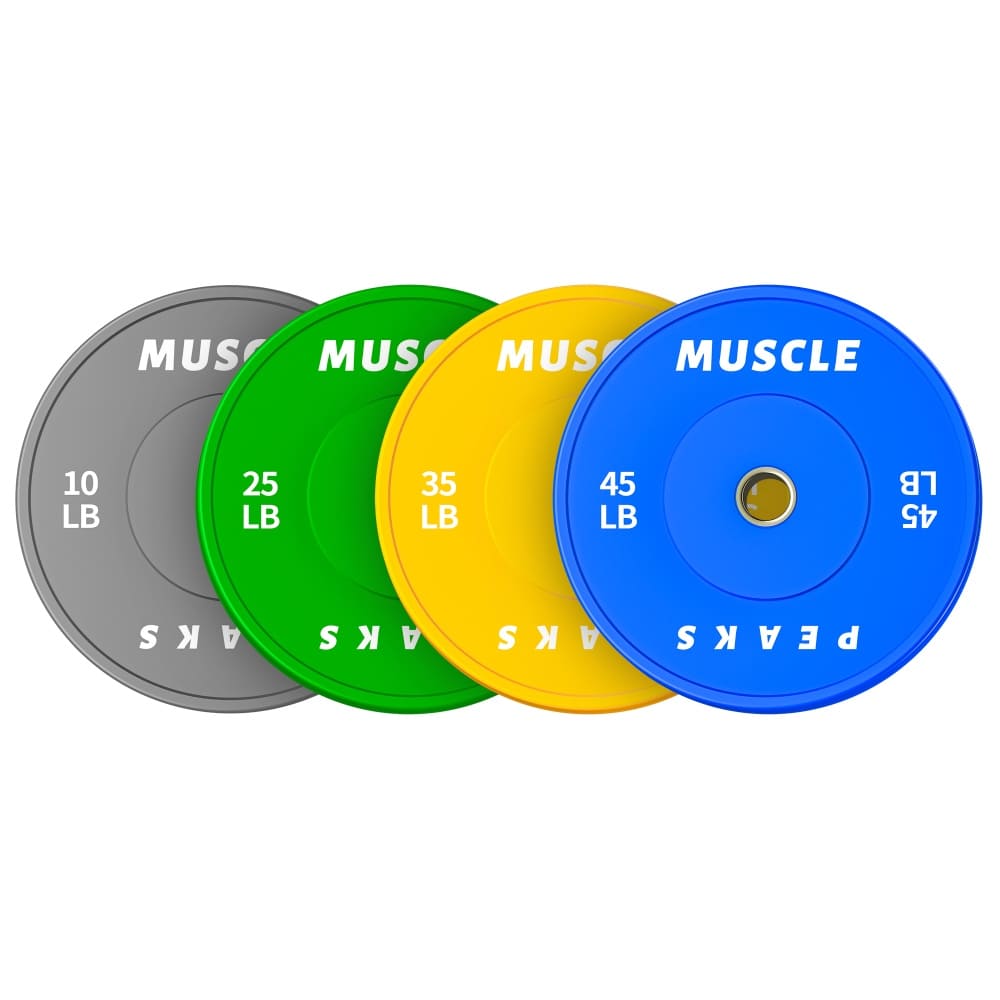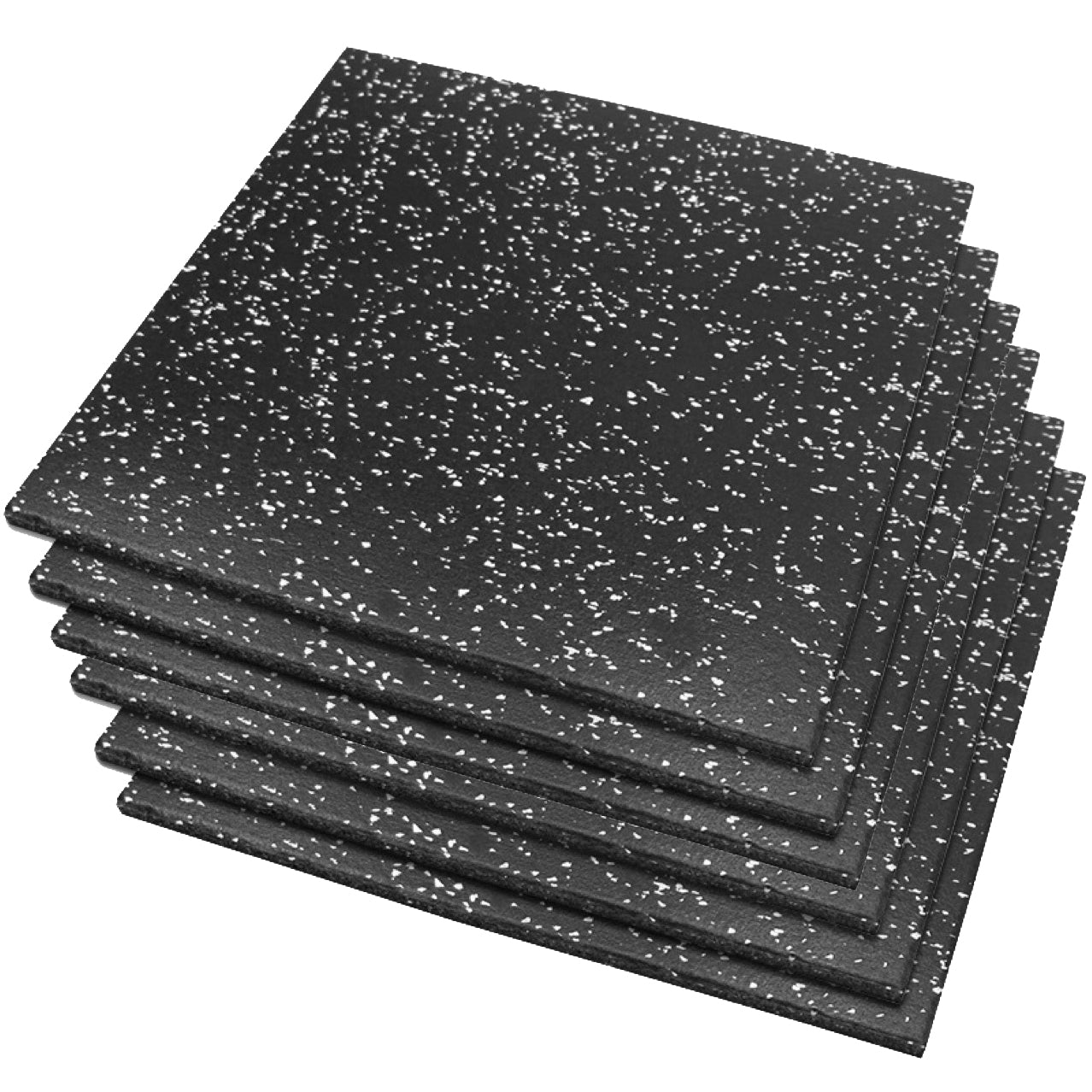The quest to shed excess fat while also building lean muscle is a common goal among fitness enthusiasts. This process, known as body recomposition, is about transforming not just your appearance but also your metabolic health and overall functionality. This comprehensive guide will provide insights into the principles of fat loss and muscle gain, the role of energy balance, calorie partitioning, and actionable steps to effectively lose fat and build muscle concurrently.
The Science of Body Recomposition
Body recomposition is a fitness goal that involves the intricate process of shedding body fat while also building and maintaining muscle mass. This is about more than just aesthetics; it's a pursuit that can significantly enhance one's metabolic health, increase strength, and improve overall functionality. To understand the science behind it, one must first grasp the basics of how the body utilizes energy and builds muscle.
When you engage in resistance training, you create micro-tears in your muscle fibers. Your body then repairs these fibers, leading to muscle growth and increased density. This process is heavily influenced by the availability of nutrients, particularly protein, which provides the amino acids necessary for muscle repair and growth.
On the other hand, cardiovascular exercise and a caloric deficit are crucial for fat loss. When you burn more calories than you consume, your body turns to its fat stores for energy, resulting in a decrease in body fat percentage. The challenge lies in achieving this fat loss without compromising the muscle tissue you've worked to build.
Achieving the Fat-Loss and Muscle-Gain Paradox
The simultaneous pursuit of fat loss and muscle gain is often seen as a paradox because the physiological states that promote each are traditionally at odds. However, with careful planning and execution, it is possible to navigate this fine line. The key is to create a controlled caloric deficit that allows for enough energy to support muscle maintenance and growth while still burning fat.
This requires a deep understanding of your body's energy requirements and a strategic approach to your diet and training. You must consume enough protein to support muscle synthesis, engage in regular strength training to stimulate muscle growth, and perform cardiovascular exercise to burn fat. It's a delicate balance, but with consistency and patience, it can be achieved.

Energy Balance and Its Role in Body Transformation
Energy balance is the difference between the calories you consume and the calories you burn. It plays a critical role in body transformation, particularly when it comes to body recomposition. When you're in a caloric deficit, you burn stored fat for energy, leading to fat loss. Conversely, a caloric surplus can lead to muscle gain but also fat gain if not managed properly.
Understanding your Total Daily Energy Expenditure (TDEE) is the first step in managing your energy balance. This is the number of calories you need to maintain your current weight. By creating a moderate caloric deficit, you can promote fat loss without significantly impacting muscle growth. However, it's crucial to ensure that this deficit is not too severe, as this can lead to muscle catabolism.
In addition to managing your caloric intake, the type of calories you consume also matters. A diet rich in protein, complex carbohydrates, and healthy fats can support muscle growth and provide the energy needed for your workouts. Carbohydrates, in particular, are important for fueling high-intensity exercise and replenishing glycogen stores.
A Strategic Approach to Simultaneous Fat Loss and Muscle Gain
Losing fat and gaining muscle at the same time requires a thoughtful blend of resistance training, cardiovascular activity, and a nuanced diet. Here's a strategic approach to achieving this goal:
Resistance Training: Engage in a comprehensive strength training program that targets all major muscle groups. Emphasize compound exercises that stimulate the most significant muscle growth and metabolic response.
Cardiovascular Fitness: Incorporate regular cardio workouts to burn calories and enhance heart health. HIIT can be particularly effective for fat burning without compromising muscle mass.
Protein Prioritization: Ensure adequate protein intake to support muscle growth and repair. Amino acids from protein are essential for building new muscle tissue.
Caloric Deficit Management: Create a moderate caloric deficit that supports fat loss while allowing for muscle growth. This requires careful monitoring and adjustment based on your progress.
Macronutrient Allocation: Balance your intake of carbohydrates and fats alongside protein. Carbohydrates provide the energy for workouts, while fats are vital for hormone production and overall health.
Consistency and Adaptability: Stay consistent with your workouts and diet, making adjustments as needed to continue progressing toward your goals.
Sleep and Recovery: Prioritize sleep and active recovery to support muscle growth and overall health. Adequate rest is crucial for optimal performance and recovery.
Progress Tracking: Regularly assess your progress by tracking changes in body composition, performance metrics, and overall well-being. Use this data to inform your training and nutritional strategies.
Body Recomposition Strategies for Different Body Types
The quest to lose fat and gain muscle is a highly individualized journey that can be influenced by various factors, including one's body type. Recognizing that different body types may require distinct approaches can significantly enhance the effectiveness of a body recomposition program. This section will explore training recommendations tailored to ectomorphs, mesomorphs, and endomorphs, providing a roadmap for a more personalized and successful fitness experience.
Ectomorphs: Building Muscle Without Bulking Up
Ectomorphs are characterized by their lean and slender physiques. They typically have a fast metabolism and find it challenging to gain weight and muscle mass. For ectomorphs, the goal is to build muscle without adding excess body fat.
Training Recommendations for Ectomorphs:
Focus on Compound Exercises: Prioritize compound movements like squats, deadlifts, and bench presses that engage multiple muscle groups, leading to a higher calorie burn and increased protein synthesis.
Moderate Frequency and Volume: Aim for a moderate frequency of 3-4 times per week with higher volume (more sets and reps) to stimulate muscle growth without causing excessive fatigue.
High-Protein Diet: Consume a diet rich in protein to support muscle synthesis. Consider protein supplementation, such as whey protein, to meet your protein needs.
Strategic Caloric Surplus: Since ectomorphs are prone to a high metabolic rate, a slight caloric surplus can help provide the energy needed for muscle growth without leading to fat gain.
Rest and Recovery: Ensure adequate rest between workouts to allow for muscle recovery and growth.
Mesomorphs: Capitalizing on a Responsive Physique
Mesomorphs are known for their athletic builds and naturally well-balanced muscle development. They can gain muscle and lose fat relatively easily, making them well-suited for a variety of training styles.
Training Recommendations for Mesomorphs:
Variety in Training: Take advantage of your body's responsiveness by incorporating a mix of compound and isolation exercises, changing rep ranges, and trying different training modalities.
High-Intensity Interval Training (HIIT): HIIT can be a powerful tool for mesomorphs looking to shed fat while maintaining muscle mass.
Balanced Macronutrient Intake: A balanced diet with an emphasis on protein, moderate carbohydrates, and healthy fats can support muscle growth and fat loss.
Caloric Deficit for Fat Loss: While mesomorphs can gain muscle easily, a moderate caloric deficit can help ensure that any weight gained is lean muscle.
Regular Reassessment: Since mesomorphs can adapt quickly, regularly reassess your training and nutrition plan to continue making progress.

Endomorphs: Overcoming the Challenge of Fat Loss
Endomorphs often struggle with losing fat due to their naturally higher body fat percentage and slower metabolism. The focus for endomorphs should be on creating a sustainable caloric deficit while preserving muscle mass.
Training Recommendations for Endomorphs:
Strength Training: Emphasize strength training to maintain and build muscle, which can help increase metabolic rate and support fat loss.
Cardiovascular Exercise: Incorporate regular cardio to burn additional calories and improve cardiovascular health. Aim for a mix of steady-state and HIIT cardio.
Protein-Centric Diet: A diet high in protein can help preserve muscle mass while dieting and increase satiety, aiding in calorie control.
Moderate Caloric Deficit: Implement a moderate caloric deficit to promote fat loss without significant muscle loss. Monitor your progress and adjust as needed.
Consistency is Key: For endomorphs, consistency in both diet and exercise is crucial. Stick to your plan, and make adjustments based on your body's response.
Conclusion
Body recomposition is a complex but achievable goal that requires a deep understanding of the science behind fat loss and muscle gain. By managing your energy balance, implementing a strategic diet, and engaging in a balanced training program, you can reshape your physique and improve your health. It's a journey that demands commitment, patience, and a willingness to learn and adapt, but the results are well worth the effort.

